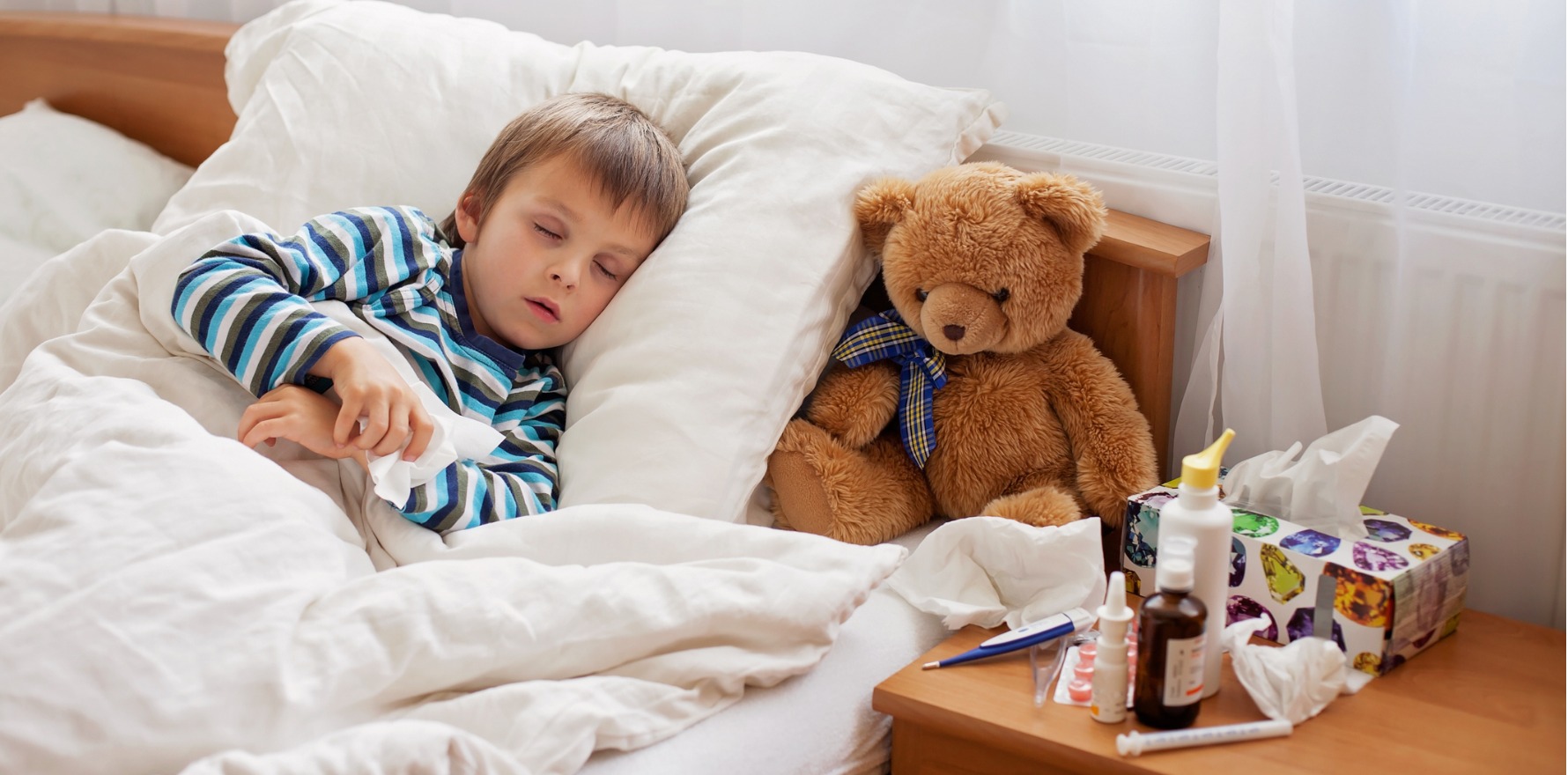The strain of bacteria that appears to be driving the increase is a concern for vaccine development globally.
Since 2011 when the 13-valent pneumococcal conjugate vaccine (13vPCV) replaced the seven valent vaccine in Australia’s childhood immunisation schedule, hospitalisations of children with bacterial pneumonia have decreased by more than one-fifth, a study shows.
But in a troubling finding, hospitalisations due to the much rarer complication empyema have risen by a quarter.
The study, led by the Sydney Children’s Hospital and published in Thorax, shows that nearly all the cases of empyema (92%) were caused by strains of Streptococcus pneumoniae that were targeted by the 13-valent pneumococcal vaccine. Three-quarters were caused by serotype 3 specifically.
Australia switched from the seven-valent to the new 13vPCV vaccine in 2011 to protect children against six additional strains (serotype 1, 3, 5, 6A, 7F and 19A).
The authors suggested a possible reason for this increase in empyema rates was the 13vPCV was providing suboptimal protection.
Another issue might be that children were not being offered the right booster shots to maintain protection against serotype 3 due to problems with the vaccine schedule in Australia, they said.
“The recent change in the Australian vaccination schedule to include a dose at 12 months may increase effectiveness of 13vPCV against [serotype 3],” the researchers wrote.
Author Professor Adam Jaffé told ARR that developing a more effective vaccine against serotype 3 was a major global challenge.
In the study, the authors analysed data on hospitalisations for all Australian children up to the age of 19 from 2007 to 2017, comparing pneumonia and empyema incidence rates between the seven-valent period and the 13-valent period.
Compared to the seven-valent vaccine, the introduction of the 13-valent injection saw the average annual incidence of hospitalisations for bacterial pneumonia fall by 21% across all age groups, with the greatest drop in children under five. But the rarer empyema admissions increased by 25%.
The mean annual incidence rates per one million children per year in the 7vPCV and 13vPCV periods were 1,605 and 1,272 for bacterial pneumonia hospitalisations, and 14.23 and 17.89 for hospitalisations coded as empyema.
The authors acknowledged that “a potential limitation of our empyema data is relatively small numbers which may be subject to natural variations in discrete clusters of serotype-specific disease”.
Professor Jaffé told ARR the findings were positive regarding the 13-valent vaccine’s impact on bacterial pneumonia, and it was reassuring not to see a surge in non-vaccine serotypes.
“But regarding empyema, it’s not a good news story because it really hasn’t impacted the numbers – in fact, we’ve seen it get worse,” said Professor Jaffé, a professor of paediatrics at UNSW and paediatric respiratory consultant at Sydney Children’s Hospital.
There was significant morbidity and cost for the small number of children affected, he added.
“Most children will get an intervention – either a chest drain or video thoracoscopic surgery, and after the intervention they will spend at least a week in hospital. This is all potentially preventable.
“In the 1940s when antibiotics were introduced into population, there was commentary in the research papers that this was the end of empyema. And here we are 80 years later, and it hasn’t gone away – we’re dealing with different pneumococcal strains, which are problematic.”


